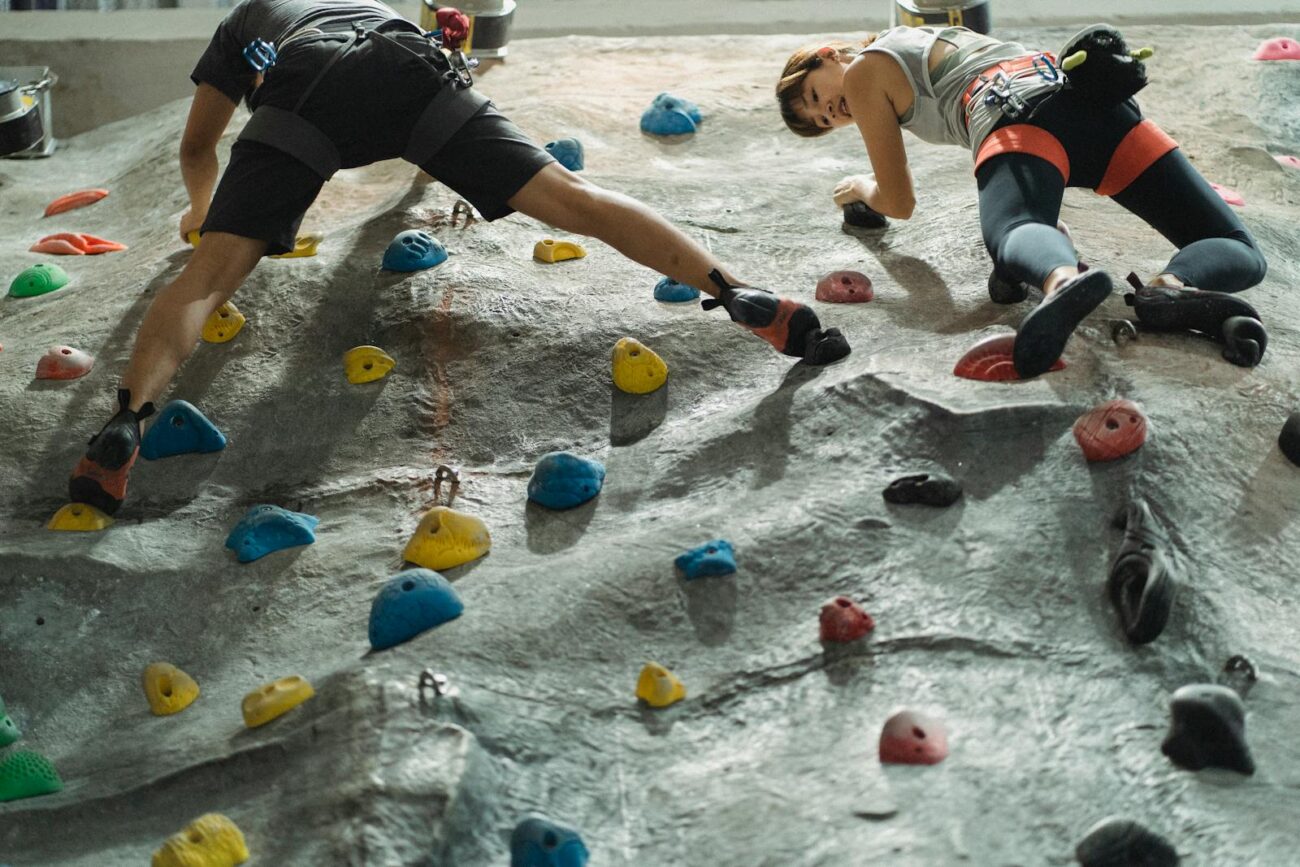The vertical world of rock climbing offers diverse challenges that appeal to both thrill-seekers and methodical problem solvers alike. Among the most popular disciplines, bouldering and sport climbing stand as distinct pathways to experiencing the joy of ascending rock faces. While both activities involve climbing upward using hand and foot holds, they differ significantly in equipment, technique, height, and the mental approach required. Understanding these differences can help you determine which climbing style aligns best with your personal preferences, fitness goals, and natural inclinations. Whether you’re completely new to climbing or looking to expand your vertical repertoire, this comparison will guide you through the unique aspects of each discipline to help you make an informed decision about where to focus your energy.
The Fundamental Differences Between Bouldering and Sport Climbing
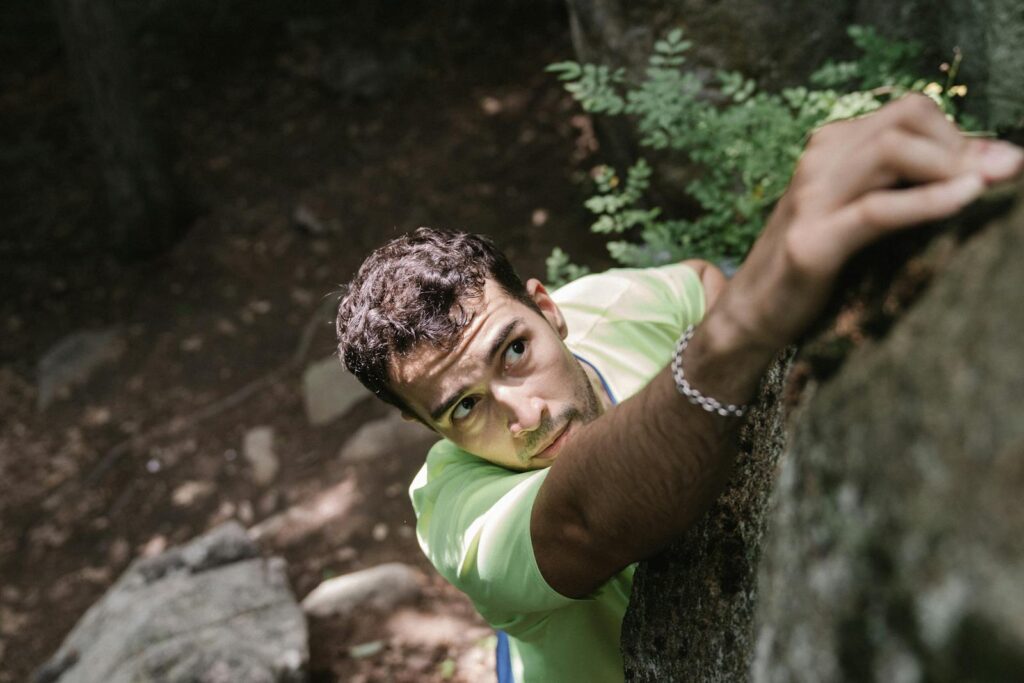
Bouldering involves climbing relatively short routes (typically under 15-20 feet) without ropes or harnesses, using only crash pads placed beneath the climber for protection. These routes, called “problems,” often require intense, powerful movements and focus on solving complex sequences rather than endurance. Sport climbing, in contrast, utilizes ropes, harnesses, and pre-placed bolt anchors in the rock where climbers clip in for protection as they ascend routes that can range from 30 to over 100 feet tall. The longer routes in sport climbing demand greater endurance and mental stamina, requiring climbers to pace themselves through sustained sequences of movements. While bouldering emphasizes raw strength and explosive power in brief bursts, sport climbing balances power with endurance and technical efficiency over longer distances.
Equipment Requirements and Investment
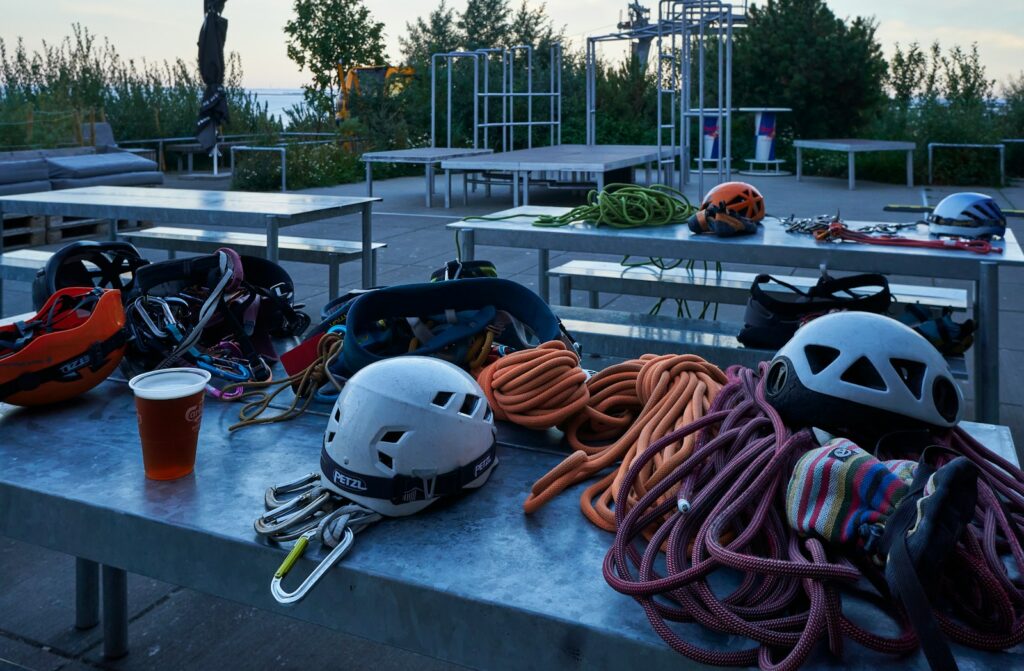
Bouldering requires minimal equipment, making it an accessible entry point for newcomers to climbing. All you need are climbing shoes, chalk for grip, and a crash pad if you’re climbing outdoors—though indoor gyms provide pads for their boulder areas. Sport climbing demands a more significant investment in gear: climbing shoes, harness, rope, belay device, quickdraws for clipping into bolts, and a helmet for outdoor climbing. This equipment difference translates to financial considerations—getting started with bouldering might cost around $150-200 for shoes and chalk, while a complete sport climbing kit can easily exceed $500-600. Additionally, sport climbing requires learning specific technical skills like belaying and rope management that aren’t necessary for bouldering, representing an investment of time as well as money.
Physical Demands and Fitness Benefits
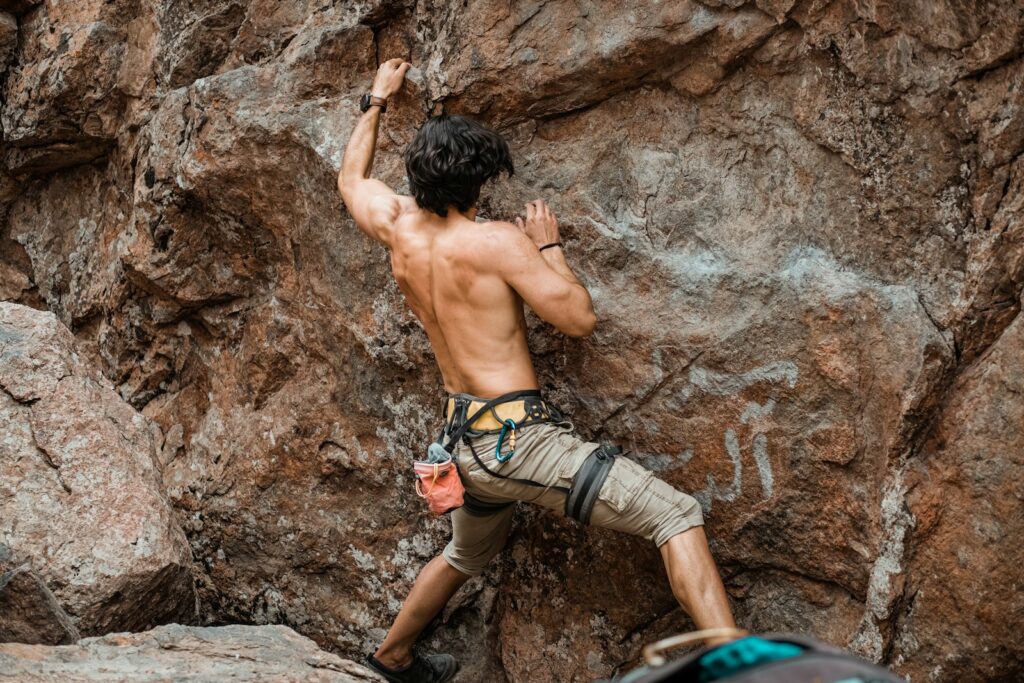
Bouldering emphasizes explosive strength, power, and dynamic movement over short, intense sequences. It primarily develops upper body strength, core power, and finger strength as climbers execute powerful moves and maintain tension through challenging positions. The short duration of boulder problems means climbers can attempt many difficult moves in a single session, often resulting in visible gains in muscular development, particularly in the back, shoulders, and arms. Sport climbing, while still demanding strength, places greater emphasis on endurance and efficiency. The longer routes require climbers to manage their energy reserves carefully, developing impressive forearm stamina, overall body conditioning, and cardiovascular fitness. Many sport climbers develop a leaner physique compared to the more muscular build common among dedicated boulderers, though both disciplines create exceptional full-body fitness when practiced regularly.
Mental Challenges and Psychological Aspects
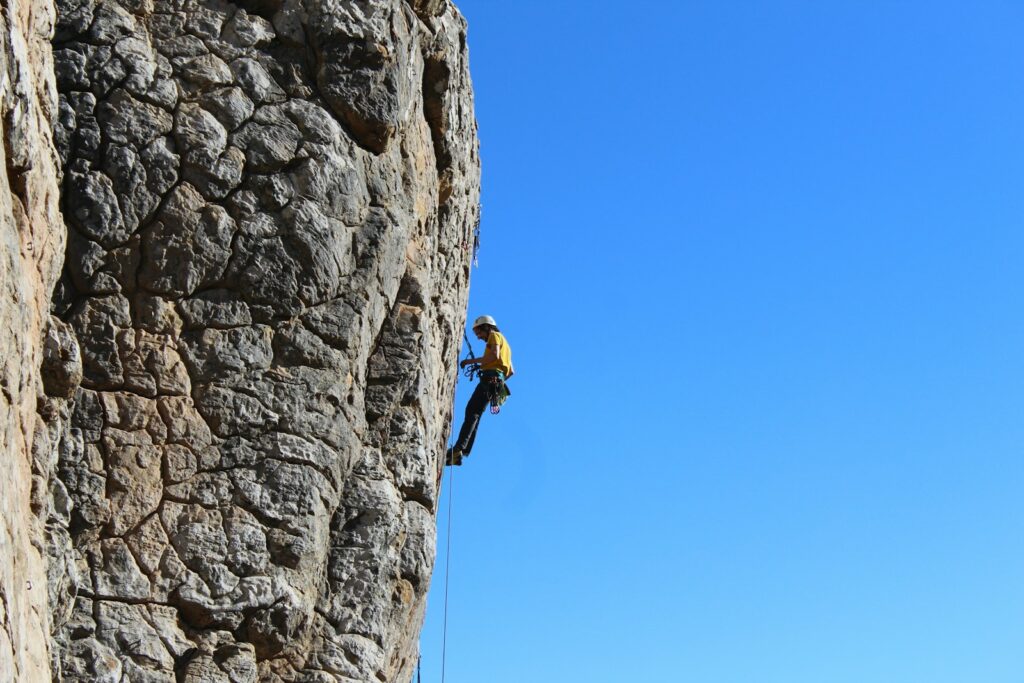
The psychological demands of bouldering and sport climbing differ significantly in ways that might suit different personality types. Bouldering presents mental challenges similar to solving puzzles—figuring out the precise sequence of movements required to complete a problem efficiently. The relatively low height means fear of falling is generally less pronounced, allowing climbers to focus entirely on the movement challenges. Sport climbing introduces the psychological elements of height exposure, sustained focus over longer periods, and managing fear while high above the ground. Even with protective gear, the commitment required to climb high above your last bolt can be mentally taxing. Some climbers thrive on the problem-solving aspects of bouldering, while others prefer the meditative flow state that can develop during longer sport climbs where rhythm and breathing become central to performance.
Social Dynamics and Community Aspects
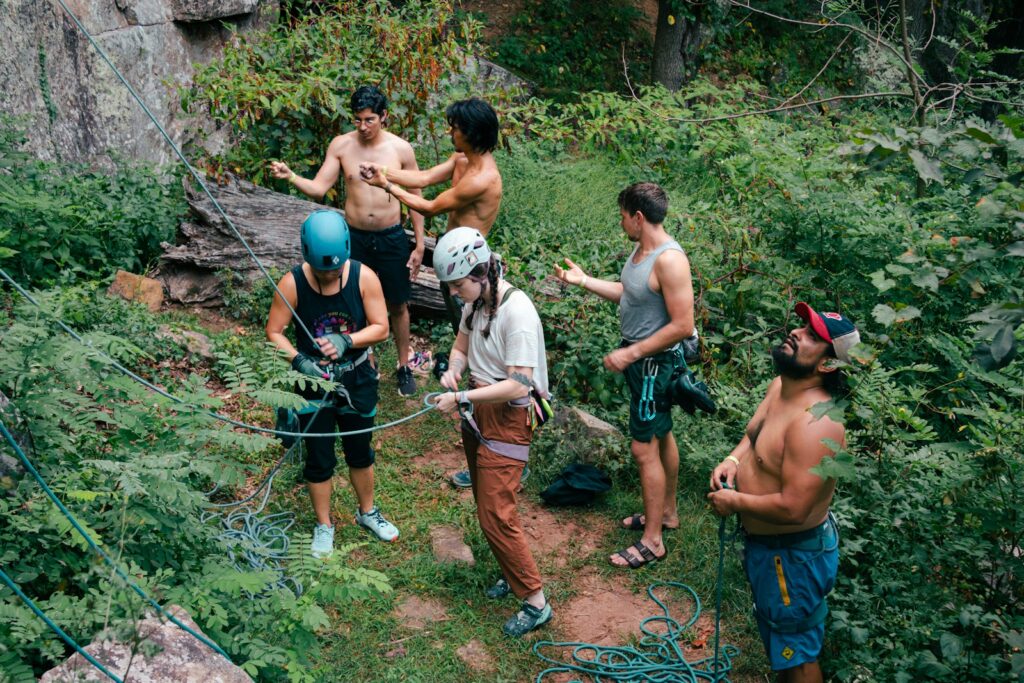
Bouldering tends to foster a more social, communal atmosphere where climbers gather around problems, offering advice and encouragement as they take turns attempting routes. The short duration of boulder problems allows for frequent rest periods during which climbers can socialize, making it ideal for those who enjoy a more interactive climbing experience. Multiple climbers can work on the same problem simultaneously, sharing beta (climbing advice) and celebrating breakthroughs together. Sport climbing typically involves pairs—one climber and one belayer—creating a more intimate partnership dynamic. The focused nature of protecting your partner’s climb and the longer duration of routes means sport climbing sessions often involve fewer social interactions with the broader climbing community during the actual climbing. However, the trust built between climbing partners often leads to deep, meaningful relationships that extend beyond the crag.
Accessibility and Convenience Factors
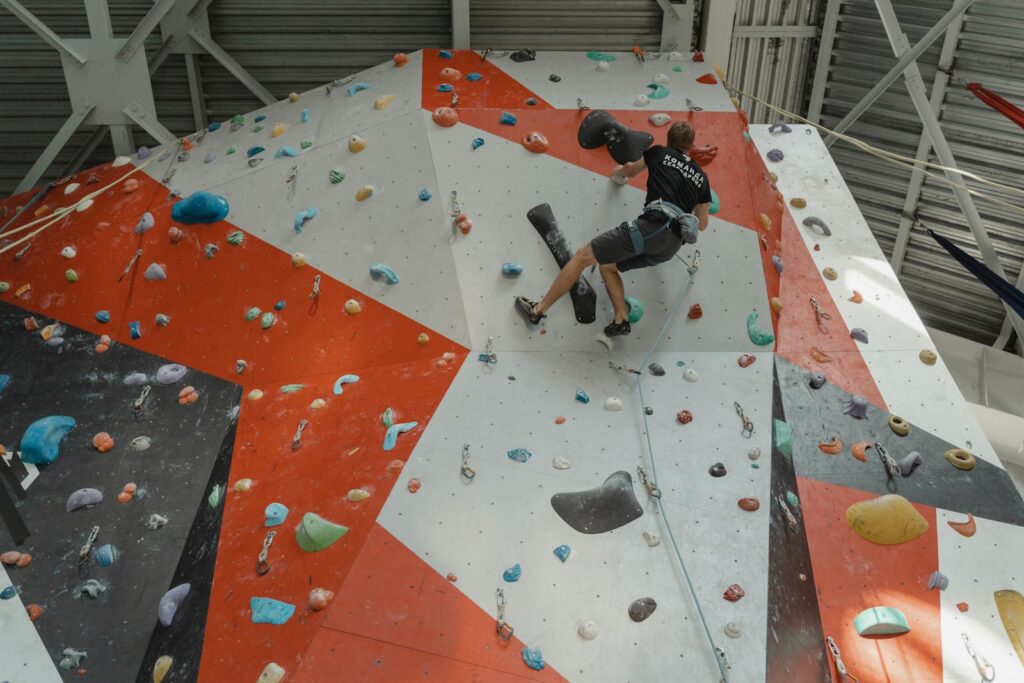
Bouldering offers distinct advantages in terms of accessibility and convenience, particularly for those with busy schedules. Indoor bouldering sessions can be productive in as little as 30-45 minutes, making them compatible with lunch breaks or quick post-work visits. Without the need for a partner, boulderers can climb whenever their schedule permits without coordinating with others. Sport climbing sessions typically require at least 2-3 hours to be worthwhile, accounting for warm-up, setting up routes, and completing a meaningful number of climbs. The dependency on a partner means scheduling can become a limitation for those with irregular availability. Outdoor bouldering areas are often more accessible as well, frequently located closer to roads with shorter approaches than sport climbing crags, which may require longer hikes to reach the base of the routes.
Progression and Skill Development
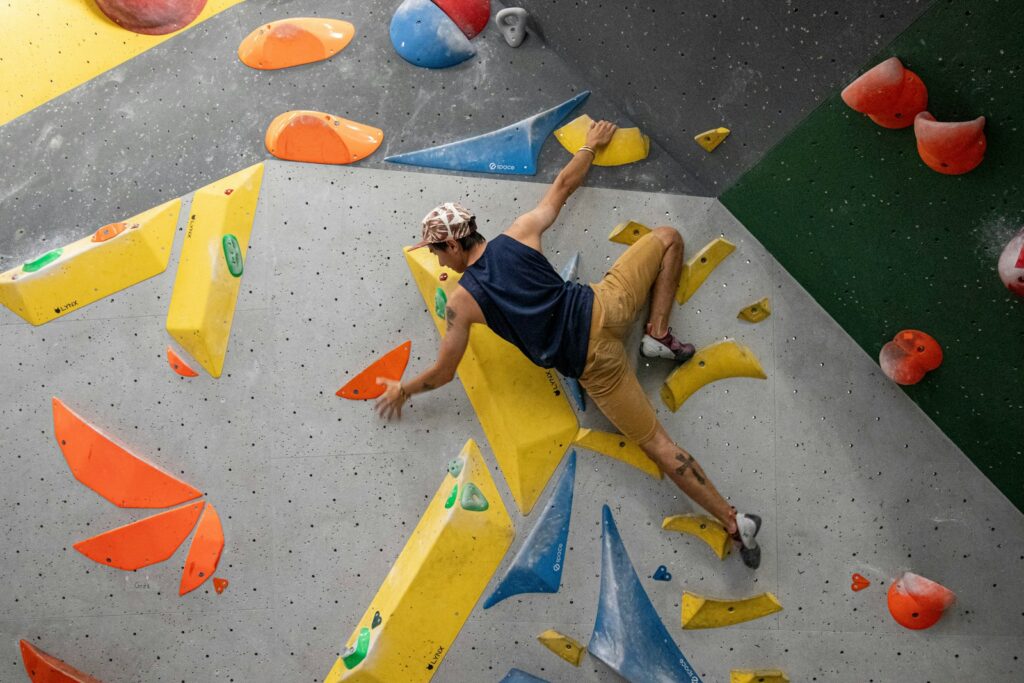
The progression paths in bouldering and sport climbing follow different trajectories that may appeal to different learning styles. Bouldering progression often comes in noticeable bursts as climbers suddenly solve problems that previously seemed impossible, creating frequent and tangible markers of improvement. The grading system for boulder problems (V0-V16 in the US) allows climbers to clearly track their advancement through increasingly difficult movements and sequences. Sport climbing progression tends to be more gradual, with improvements in endurance, efficiency, and mental control developing over longer periods. The route grading systems (5.5-5.15 in the US) encompass a wider range of difficulties within each grade, making progression sometimes feel more subtle. Many climbers find that cross-training between the two disciplines accelerates overall development, with bouldering building the strength needed for hard sport climbing moves, and sport climbing developing the endurance required for longer boulder problems.
Risk Assessment and Safety Considerations
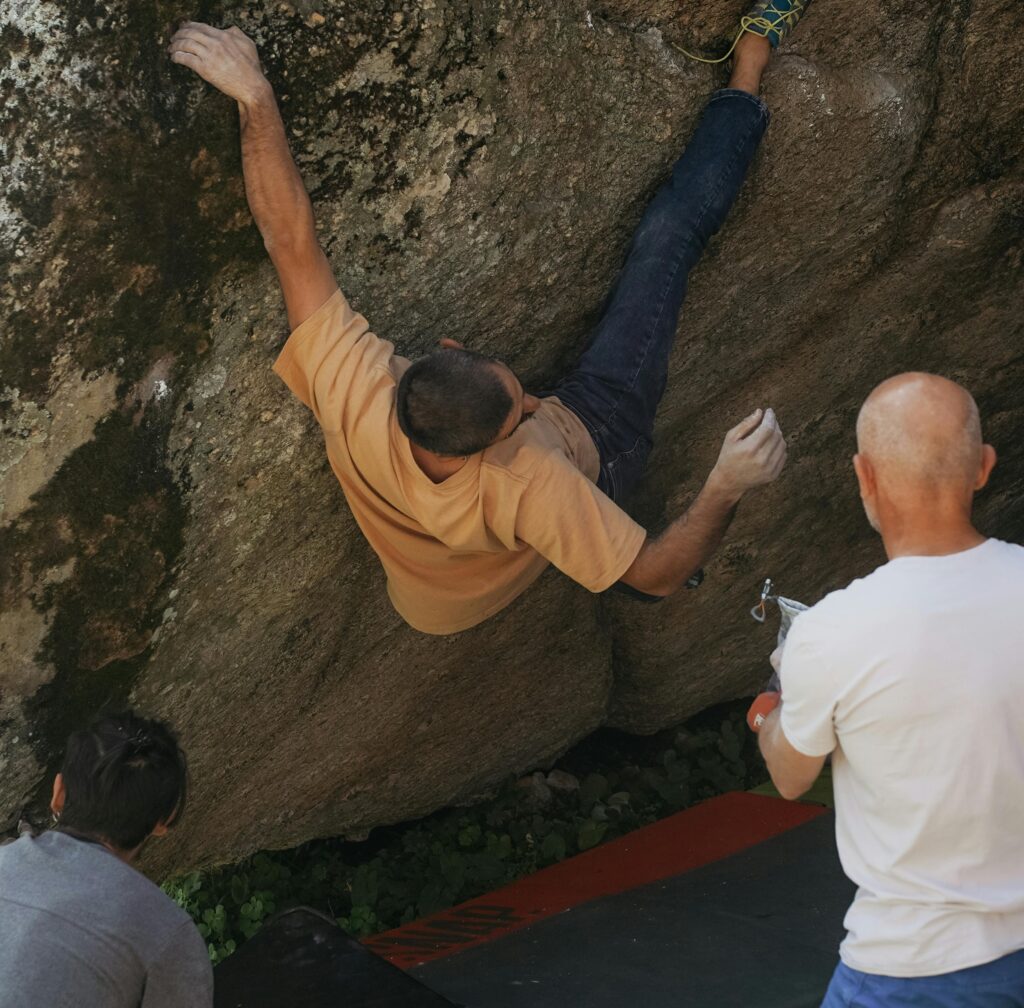
The risk profiles of bouldering and sport climbing differ in ways that might influence your choice based on personal risk tolerance. Bouldering presents a higher frequency of minor injuries—sprained ankles, bruised heels, and scraped skin are common due to the regular falling inherent in the activity. However, with proper crash pad placement and spotting techniques, the risk of severe injury remains relatively low. Sport climbing has a lower incidence of minor injuries but potentially more serious consequences in the event of equipment failure, belayer error, or climbing significantly above protection. Proper training in rope management, belaying techniques, and equipment checks is essential for safe sport climbing. Those with a cautious approach to risk might prefer the controlled environment of sport climbing with its redundant safety systems, while those comfortable with regular small falls might find bouldering’s simplicity appealing.
Seasonal and Weather Considerations
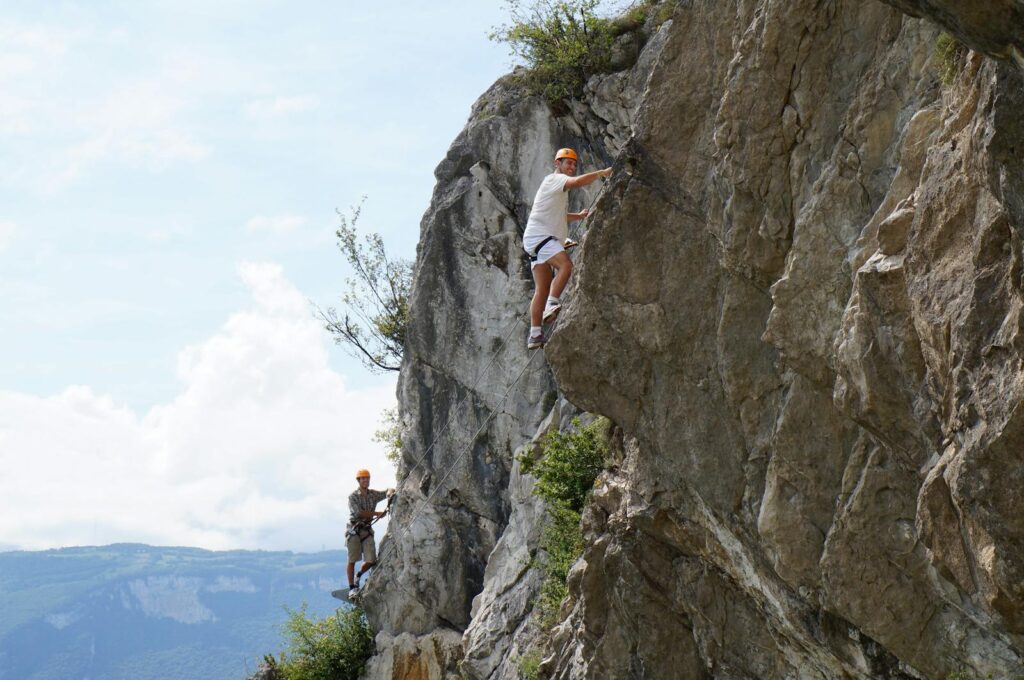
Weather and seasonal factors affect bouldering and sport climbing differently, potentially influencing which discipline better suits your local climate. Bouldering performance depends heavily on friction between skin and rock, making it ideal in cooler, drier conditions—many boulderers prefer temperatures between 40-60°F (4-15°C) for optimal grip. As a result, bouldering seasons often peak in fall and spring in many regions, with dedicated enthusiasts seeking shaded areas in summer or migrating to higher elevations. Sport climbing can be enjoyed across a wider temperature range, as the reduced intensity allows climbers to perform in warmer conditions where sweaty hands would make bouldering difficult. Rain impacts both disciplines, but sport climbers can sometimes find routes on overhanging walls that stay dry during light precipitation, while bouldering typically requires completely dry conditions. For those living in consistently warm, humid climates, sport climbing might offer more year-round opportunities.
Indoor vs. Outdoor Experiences
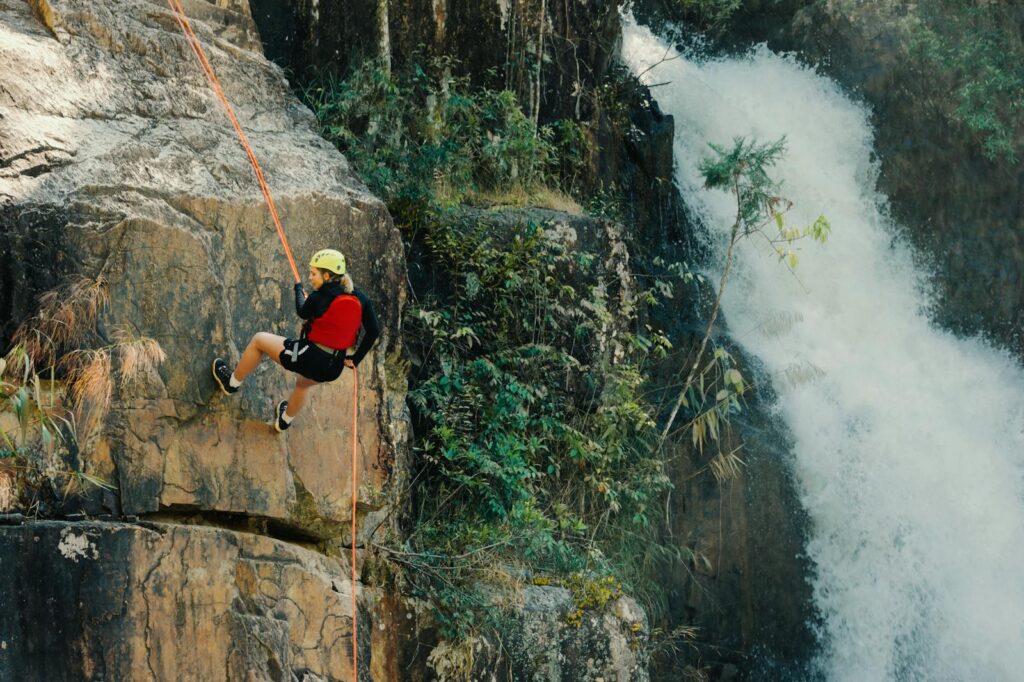
The transition from indoor to outdoor climbing presents different challenges for boulderers versus sport climbers. Indoor bouldering closely resembles its outdoor counterpart, with similar movement patterns and hold types, making the transition relatively smooth aside from learning to read natural rock features and manage outdoor landings. The indoor-to-outdoor transition in sport climbing involves learning additional skills beyond what’s needed in the gym—cleaning anchors, managing rope drag, and assessing rock quality become crucial safety considerations. Many climbers find that indoor bouldering grades feel more consistent across different gyms compared to indoor sport climbing grades, which can vary dramatically between facilities. The outdoor experience also differs—bouldering sessions typically involve a concentrated area where climbers can easily transport pads between nearby problems, while sport climbing often means covering more ground as routes spread across larger cliff faces.
Age and Physical Considerations
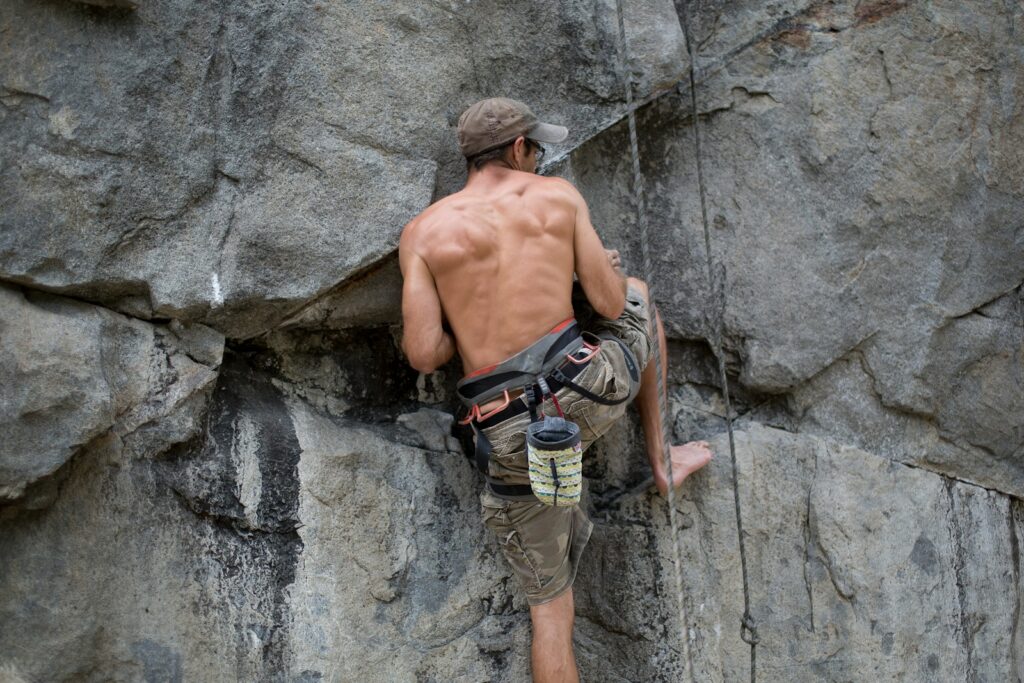
Age and existing physical conditions can influence which climbing discipline might be more sustainable long-term. Bouldering’s intense, powerful nature places significant stress on tendons, joints, and the upper body, potentially making it harder on aging bodies or those with existing shoulder, elbow, or finger issues. Many climbers find they must reduce bouldering intensity as they age, particularly after 40, to prevent overuse injuries. Sport climbing’s more moderate intensity can often be pursued at a high level well into older age, with many accomplished sport climbers performing at elite levels in their 40s and 50s. The emphasis on technique and efficiency over raw power means sport climbing often rewards experience and smart climbing over youthful strength. However, both disciplines can be modified and enjoyed throughout life with proper training, recovery protocols, and intelligent progression that respects the body’s changing capabilities.
Personal Goals and Aspirations
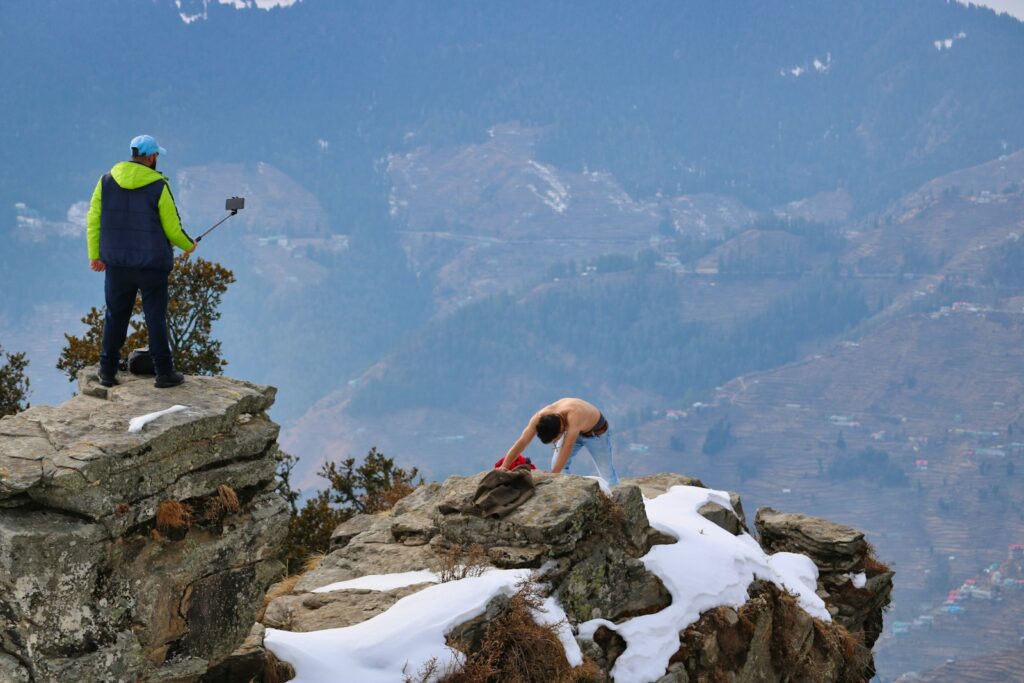
Your long-term climbing aspirations might naturally pull you toward one discipline over the other. Those drawn to bouldering often appreciate its purity and problem-solving aspects—the direct challenge between climber and rock without the complications of rope systems. Bouldering appeals to those who enjoy witnessing tangible strength gains and the satisfaction of solving intricate movement puzzles in minimalist fashion. Sport climbing tends to attract those who love the journey aspect of climbing—the experience of moving upward through space for extended periods, the changing scenery as you ascend, and the sense of adventure that comes with height. Many sport climbers dream of multi-pitch routes on big walls or even alpine objectives that build upon sport climbing skills. Consider whether you’re more motivated by the perfect execution of difficult individual movements or the comprehensive experience of longer vertical journeys when choosing your focus.
Finding Your Climbing Style: Making the Decision
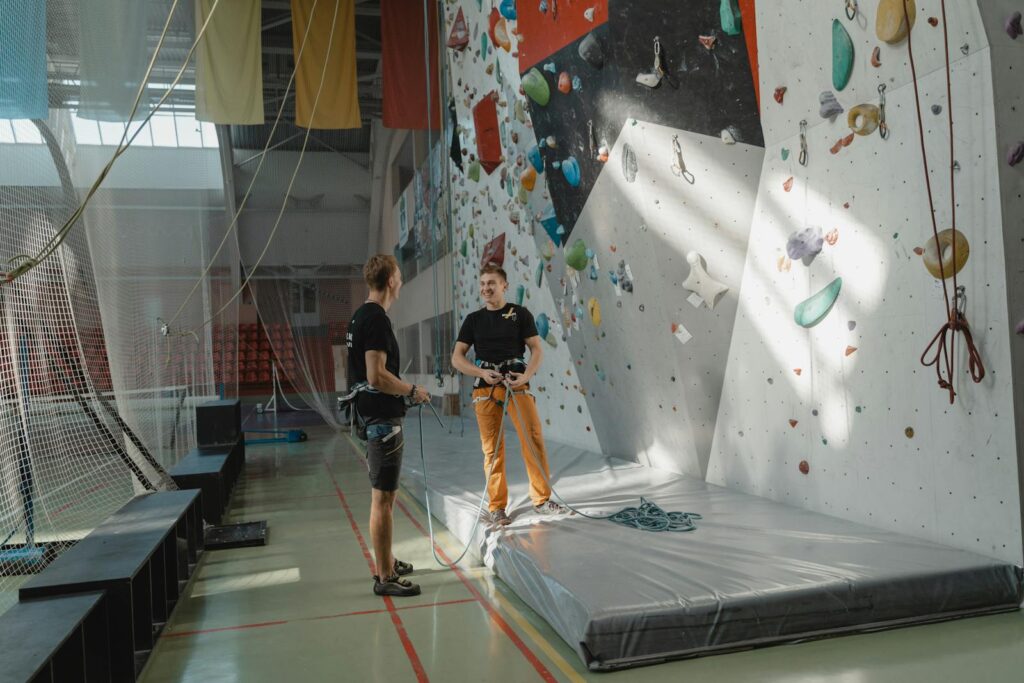
The beauty of climbing lies in its diversity—there’s no requirement to commit exclusively to either bouldering or sport climbing. Many of the world’s best climbers regularly engage in both disciplines, recognizing the complementary benefits each provides to overall climbing development. If you’re still undecided, consider starting with bouldering to build a foundation of strength and movement skills before adding the technical elements of rope climbing. Alternatively, take introductory classes in both disciplines and pay attention to which generates more excitement and satisfaction. Your natural body type might provide clues—shorter, more muscular builds often excel in bouldering, while leaner, lighter frames frequently perform well in sport climbing, though exceptions abound. Ultimately, the “best” climbing discipline is the one that brings you the most joy, challenges you in ways you find meaningful, and keeps you coming back to the walls and rocks with enthusiasm and curiosity.
Conclusion: Embracing Your Vertical Journey
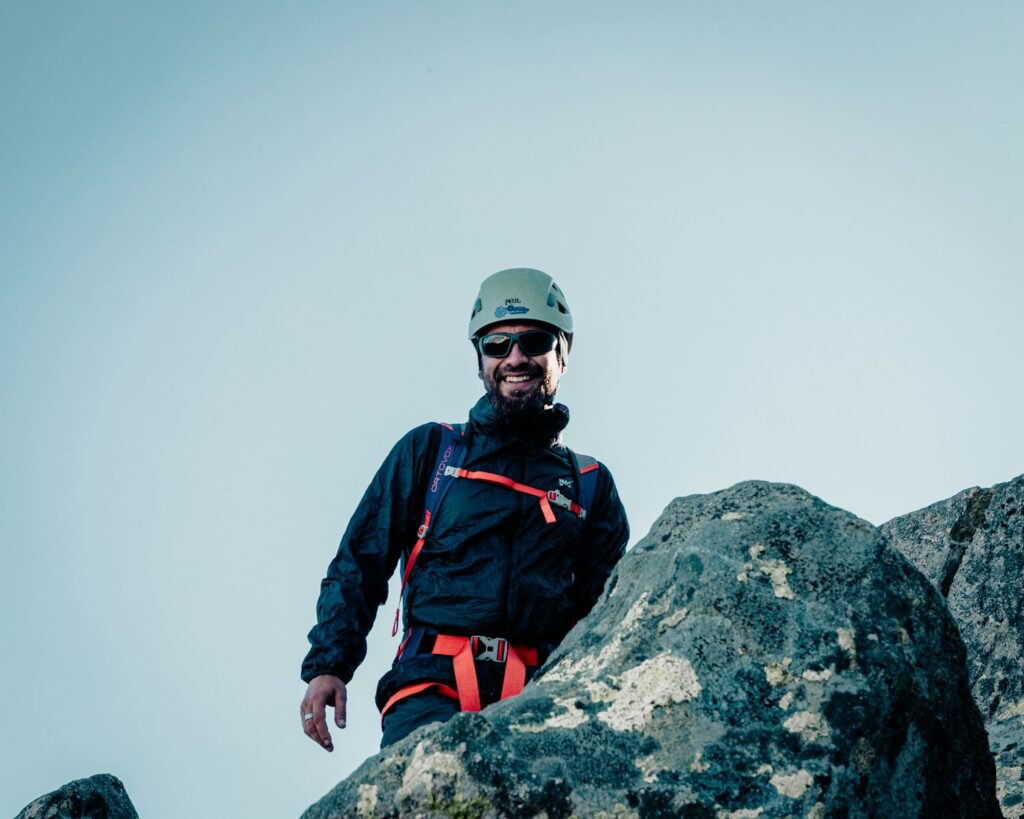
Whether you choose bouldering, sport climbing, or a combination of both, you’re entering a sport that offers lifelong progression and a supportive community. Each discipline provides unique physical and mental benefits while fostering a deeper connection with both natural environments and your own capabilities. Many climbers find their preferences evolve over time, shifting between disciplines as their goals, bodies, and circumstances change. The skills developed in either bouldering or sport climbing transfer meaningfully to other areas of life—problem-solving, risk assessment, partnership, perseverance, and self-awareness. Rather than viewing these disciplines as competing options, consider them complementary paths on the same journey upward. Listen to your natural inclinations, honor your physical realities, and remember that the ultimate purpose of climbing isn’t reaching the top, but enjoying the process of challenging yourself in the vertical dimension.

